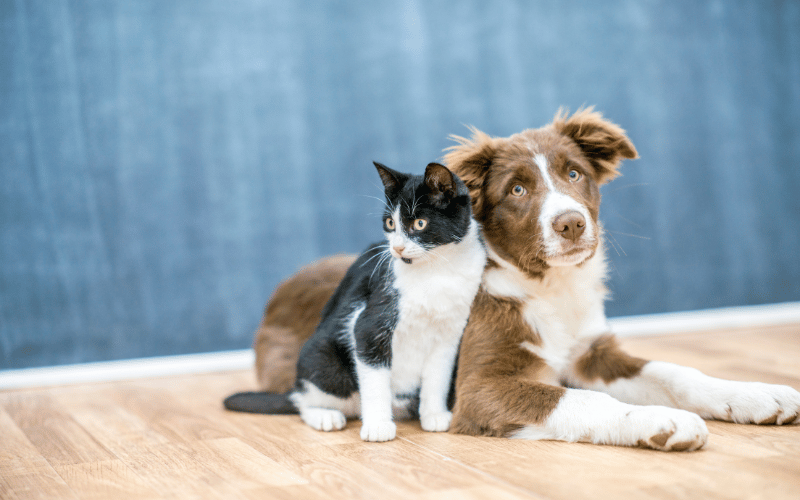Fact 9: Pets Can Be Carriers

Pets, particularly dogs and cats, often hold a special place in our hearts, living alongside us and sharing our homes. Yet, unbeknownst to many, these furry friends can play a pivotal role in the Chagas narrative. When bitten by an infected triatomine bug, they can become carriers of the Trypanosoma cruzi parasite, potentially serving as a reservoir and amplifying the risk within households.
The concerns surrounding pets as carriers are multifaceted. Firstly, if our pets become hosts to the bugs themselves, direct transmission to humans becomes a plausible risk. Moreover, areas with infected pets tend to attract more triatomine bugs, compounding the problem. These bugs are opportunistic, seeking out hosts, and an infected pet provides just the right environment for them.
It’s crucial, however, to approach this understanding with nuance. Our pets are not the primary culprits; they are as much victims as humans are. The real issue lies in the conducive environments that we inadvertently create, which allow the triatomine bugs to thrive. By focusing on eliminating these environments, we can protect both ourselves and our furry companions from this silent menace.
So, what can be done? Regularly inspecting our pets’ sleeping and resting areas is a start. Using insecticides, ensuring clean habitats, and being vigilant about any signs of triatomine bugs can make a world of difference. After all, in the intricate web of Chagas transmission, prevention, and vigilance stand out as the most effective tools.
The key takeaway? In the fight against Chagas, every member of the household, from humans to pets, plays a significant role. By safeguarding our pets, we’re not just ensuring their well-being but also creating a safer environment for ourselves and our loved ones. (9)